If you’re reading this article you’re likely a dropshipping seller worried about the prospect of unknowingly selling unsafe and non-compliant products. If you ask me, you have reason to be.
There’s are far more questions than answers when it comes to product safety and compliance when it comes to dropshipping. As such, I wrote this article as a reflection on my experience with both sellers and suppliers in the dropshipping world.
Important: This article is not aimed at any particular dropshipping supplier, online marketplace, or service. This article only raises broad and general issues related to product compliance and dropshipping.
Content Overview

FREE CONSULTATION CALL (30 MIN)
 Ask questions about compliance requirements
Ask questions about compliance requirements Countries/markets:
Countries/markets:
 Learn how we can help your business
Learn how we can help your business
You will speak with:Ivan Malloci or John Vinod Khiatani
What is dropshipping?
Dropshipping is an e-commerce model in which the store owner sells products without actually having any stock. This is how it works:
1. The customer purchase Widget A from the seller’s online store
2. The sellers order Widget A from their dropshipper to be sent directly to the customer’s address
3. The customer receives the product directly from the dropshipper
This allows the seller to ‘offer’ a wide range of products without investing in physical stock. Instead, the stock is held by a trading company or dedicated dropshipping marketplace – often located in China.
There are also ‘domestic’ dropshipping suppliers in the United States and the. In this guide, however, we only cover product compliance issues concerning cross-border dropshipping.
Are dropshipping products safe and compliant?
The vast majority of products listed on dropshipping websites are not lab tested, correctly labeled, and documented. In fact, I am not aware of a single instance in which a dropshipping supplier or platform has been able to provide compliance documents for the EU or the US.
Perhaps there are some platforms that are better than others. I’d certainly be interested in hearing from them in that case.
To put things in perspective, a 2020 study showed that 66% of products tested from various (non-dropshipping) e-commerce websites failed safety tests. It would be absurd to believe that smaller dropshipping suppliers would have a better track record. If anything it’s likely to be far worse.
Here are a few examples of what this can mean in practice:
Chemicals & Heavy Metals
Some products may contain excessive amounts of heavy metals and chemicals. Without lab test reports you cannot confirm if your products are compliant.
Electrical Safety
Some dropshipping products are not designed with EU and US electrical safety standards in mind. Think exploding power banks and phone chargers. Again, you can ask your dropshipping supplier for a test report – but it’s highly unlikely that they can provide this.
Labeling
Some dropshipping products may actually carry the CE mark, and other compliance marks. That said, a compliance mark alone is not enough evidence to demonstrate that the product is safe and compliant.
Here are some examples:
- CE Mark
- CPSIA Tracking Label
- Country of Origin Label
- Textiles Label
Documentation
Some products require product certificates, declarations, technical information, user manuals, and other documents. Here are a few examples:
It’s very unlikely that your dropshipping supplier can provide compliance documents for the EU and the US.
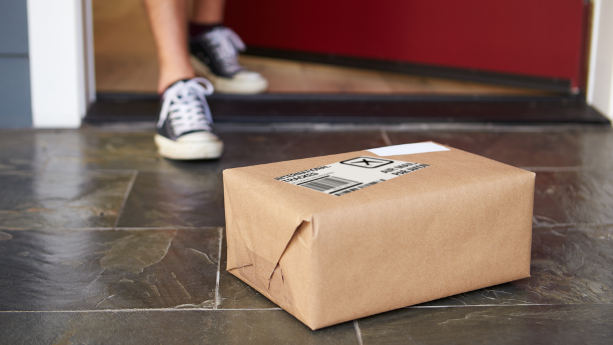
Why are dropshipping products often non-compliant?
Dropshipping products are generally extremely low-cost items. Dropshipping suppliers would price themselves out of the market if they were to compete on the same terms as domestic sellers – and ensure that all their products are lab tested, correctly labeled, and documented – according to EU and US compliance requirements.
Ultimately they have no real reason to do so either, as enforcement is lax in the EU and the USA. The customs authorities can only check so many incoming parcels, and the market surveillance authorities don’t have the resources to go after sellers in foreign countries.
Dropshipping suppliers keep winning, while naive consumers and domestic e-commerce business (which must ensure product compliance and pay taxes) pay the price.
There’s also another reason.
Many products that end up on dropshipping websites were never originally designed for export to the United States, the European Union, or other markets. As such, it’s wrong to assume that all products are somehow by default labeled, documented, and tested according to requirements in markets the product was never even indented for in the first place.
How can dropshippers verify if their products are safe and compliant?
In theory, you could contact your dropshipping supplier and request the following:
- Lab test reports
- Product and packaging label images
- Product certification (if required)
- User manual (if required)
That being said, it’s highly unlikely that your dropshipping supplier can actually provide any of these files.
Are dropshippers liable for unsafe and non-compliant products?
Importers and manufacturers are responsible in case they sell unsafe and non-compliant products. That said, the question is whether the seller or the dropshipping supplier is considered the manufacturer.
Keep in mind that the dropshipping seller is only a middleman. They receive the payment and order the product directly from the dropshipping supplier.
Technically, this means that the customer is the importer – not the seller.
This raises some rather interesting questions:
1. Is the consumer (being the importer) responsible for any safety or compliance issues?
This would be rather unfair and would make it extremely risky to buy from a dropshipper.
2. Is the dropshipping supplier responsible?
The problem is that the market surveillance authorities cannot issue a product recall, or take other action, against foreign cross-border dropshipping companies. I am not aware of any case in which this has actually happened.
3. Do they ever go after dropshipping sellers?
By ‘they’ I refer to market surveillance authorities. What actually happens if a seller dropships a product that ends up injuring a child, or causing a house fire? I don’t have the answer to this, but it would certainly be easier for them to go after a dropshipping seller in the same country than a dropshipping supplier located in China or another foreign country.
Can dropshippers get their products tested and certified?
Technically you could buy a single product from your dropshipping supplier, and submit it for lab testing. The problem is that this will cost you anything from 500 to 3000 US dollars (or more) per product. Doing so is prohibitively expensive for almost any dropshipping seller out there.
Another problem is that the seller doesn’t have any control over the product supply chain. The dropshipping supplier could change materials, design, or manufacturer at any given moment without the seller ever knowing.
Can I check if my dropshipping products are correctly labeled?
You can request product and packaging label images as a way to confirm if the product is correctly labeled – assuming your dropshipping supplier will even respond to such a request in the first place.
Further, re-labeling products post-production is also out of the question in most cases.
What should dropshippers do to reduce their compliance risks?
At the very least, avoid ‘high risk’ dropshipping products such as electronics, children’s products, cosmetics, medical devices, and food contact materials. If I have to choose, I’d rather ship t-shirts without the correct labeling than products that pose a high risk of seriously injuring my customers.
If possible, request compliance documents and label images to assess if your dropshipping supplier is able to prove compliance. If not, perhaps they’re willing to take certain steps to improve the situation.
As said, there are more questions than answers and no simple ‘how-to guide’ or straightforward step-by-step checklist for dropshipping product safety and compliance.


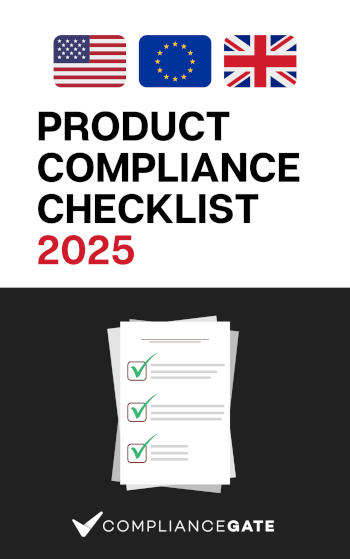




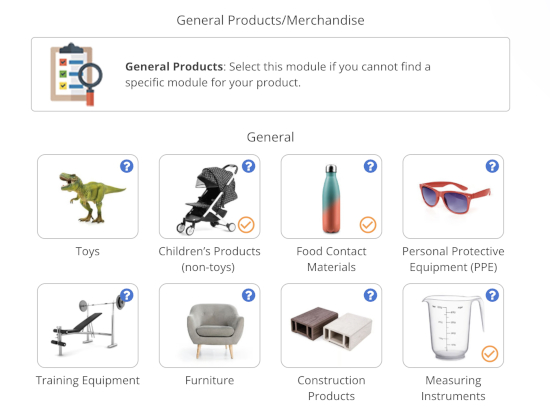






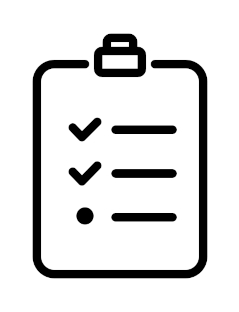


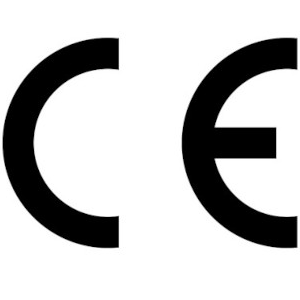




.png)
.png)
.png)
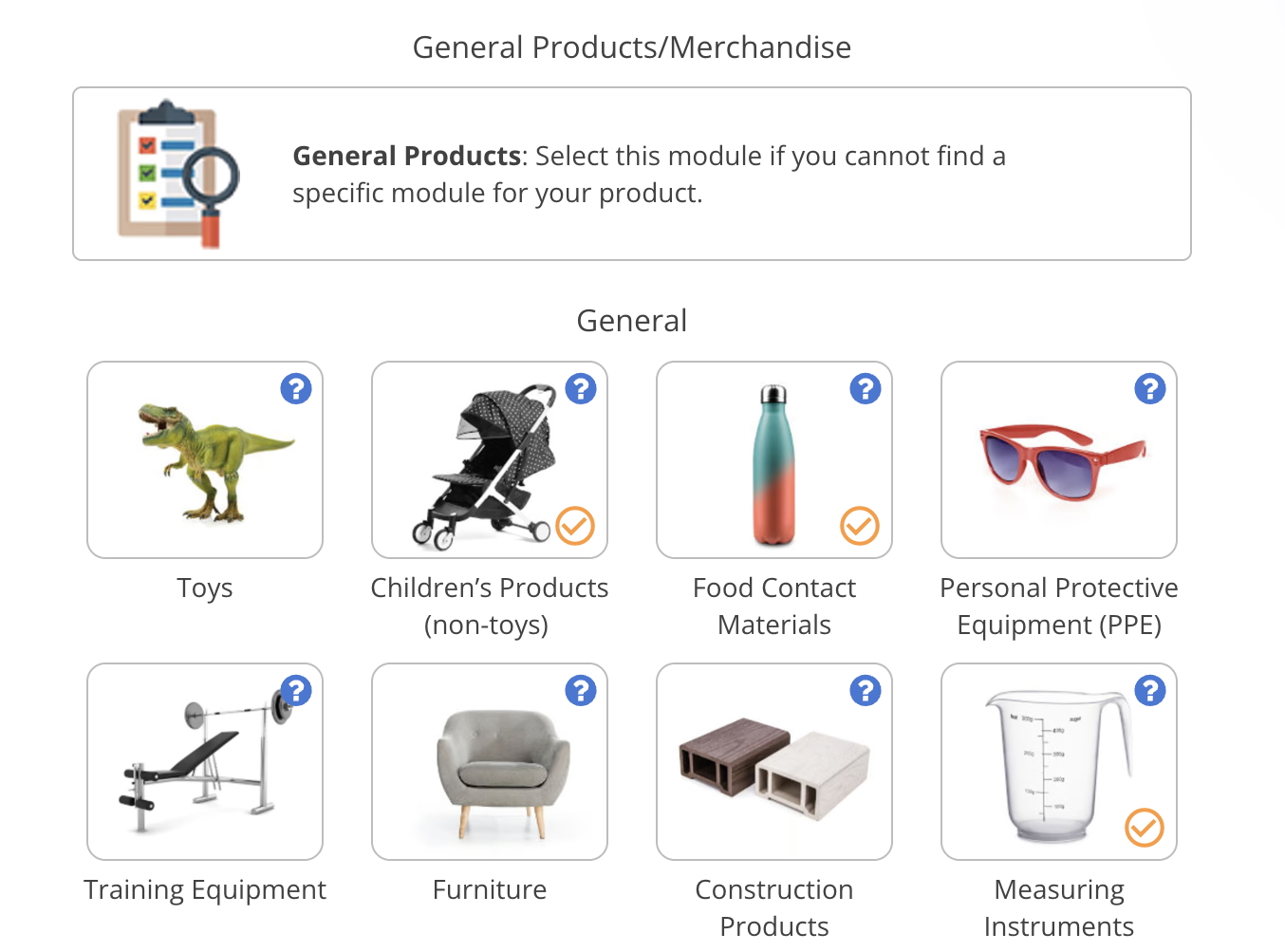


Hi, do you know if there is any type of insurance I can take out to protect myself should a problem arise. I am based in the UK dropshipping to UK and USA. Thanks
Hello Yasmin,
I have never heard of any company providing product liability insurance for dropshippers.
Hi Fredrik,
I have two questions regards dropship business models requirments outside EU.
As an example , a company that is called XX wants to work with this business model outside EU,
In this case I want to know that if:
1- Supplier for cosmetic or chemical products is located in UK and a consumer from Sweden will place an order online via XX company online website, So UK Supplier will send the product directly to outside of UK (e.g. Sweden), my question is that in this scenario for cosmetic and chemical products: who is the importer? XX company? and who must be for example: REACH reporter, poison center reporter, ingredients reporter etc.? XX company?
2- If Supplier of chemical or cosmetic products is located within EU (e.g. Sweden) and UK consumer place an order on XX company online website, so in this case, Swedish supplier will send the product directly to UK consumer, in this scenario: what is XX company role in the supply chain ?who is the importer and who must be for example: REACH reporter, ingredients reporter, poison center reporter etc.? Does XX company need to have local representative in UK to do all regulatory and compliance related things?
Hi Bana,
1. Sounds to me like the consumer is the importer in that case
2. I have no idea and I doubt REACH even addresses dropshipping supply chains, to begin with. Further, you need to comply with cosmetics product regulations in addition to REACH.
Do you know how to find a testing company in China with an inspection agency? I need to verify if the products I want to dropship are safe and compliant. My niche is beauty devices for home use.
Hi Josefina,
Inspection companies usually don’t provide lab testing services. I suggest you contact QIMA, Intertek or SGS. Testxchange is another option.